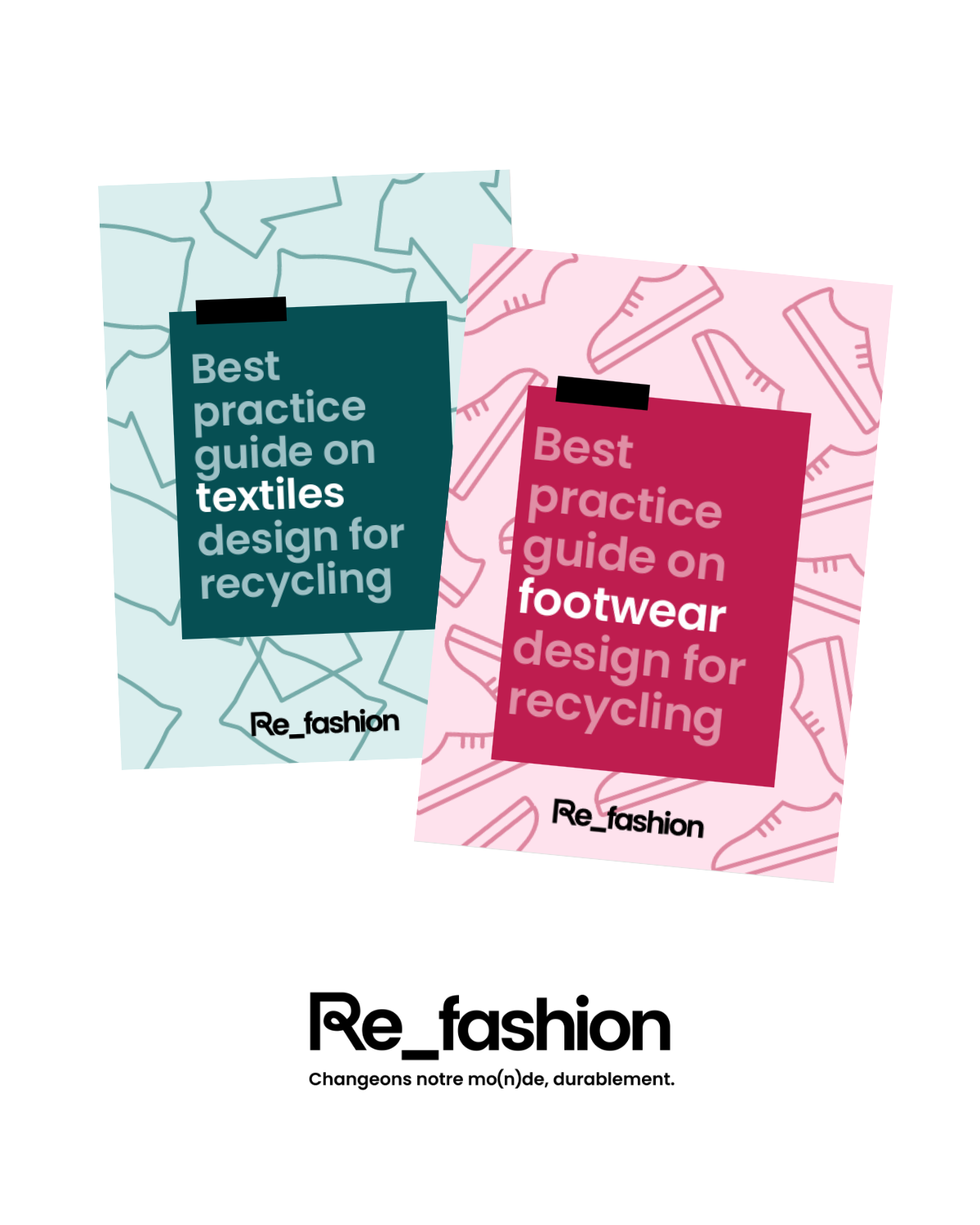Eco-design for recycling, an essential approach for reducing the environmental impact of clothing, household linen and footwear.
Why eco-design your textile and footwear products?
Eco-design is much more than a simple choice of materials: it involves thinking globally about a product's entire life cycle. By incorporating the principles of sustainability and recyclability from the outset, this approach helps to reduce the environmental impact of fashion by promoting a circular economy.
Adopting a recycling-oriented eco-design strategy means anticipating the end-of-life stages of a product. This means identifying and limiting disruptions to recycling, such as hard points or certain material components, while favouring facilitators that improve the product's ability to be recycled.
Approaches tailored to the specific characteristics of each product
Eco-design approaches vary according to whether the product is textiles or footwear, and also according to the recycling routes involved. Optimised design can help to extend the useful life of products while making it easier to recycle them at the end of their life.
Tools to support you
To support you in your eco-design approach, we have drawn up two Best practice guides on textiles and footwear design for recycling. These resources detail the disruptors and facilitators of recycling, offering practical solutions for designing more sustainable and recyclable products.

Discover the best practice guide on textiles design for recycling
Discover the best practice guide on footwear design for recycling
Find out more on our Publications page
Watch our webinar on the best practices on textiles and footwear design for recycling

